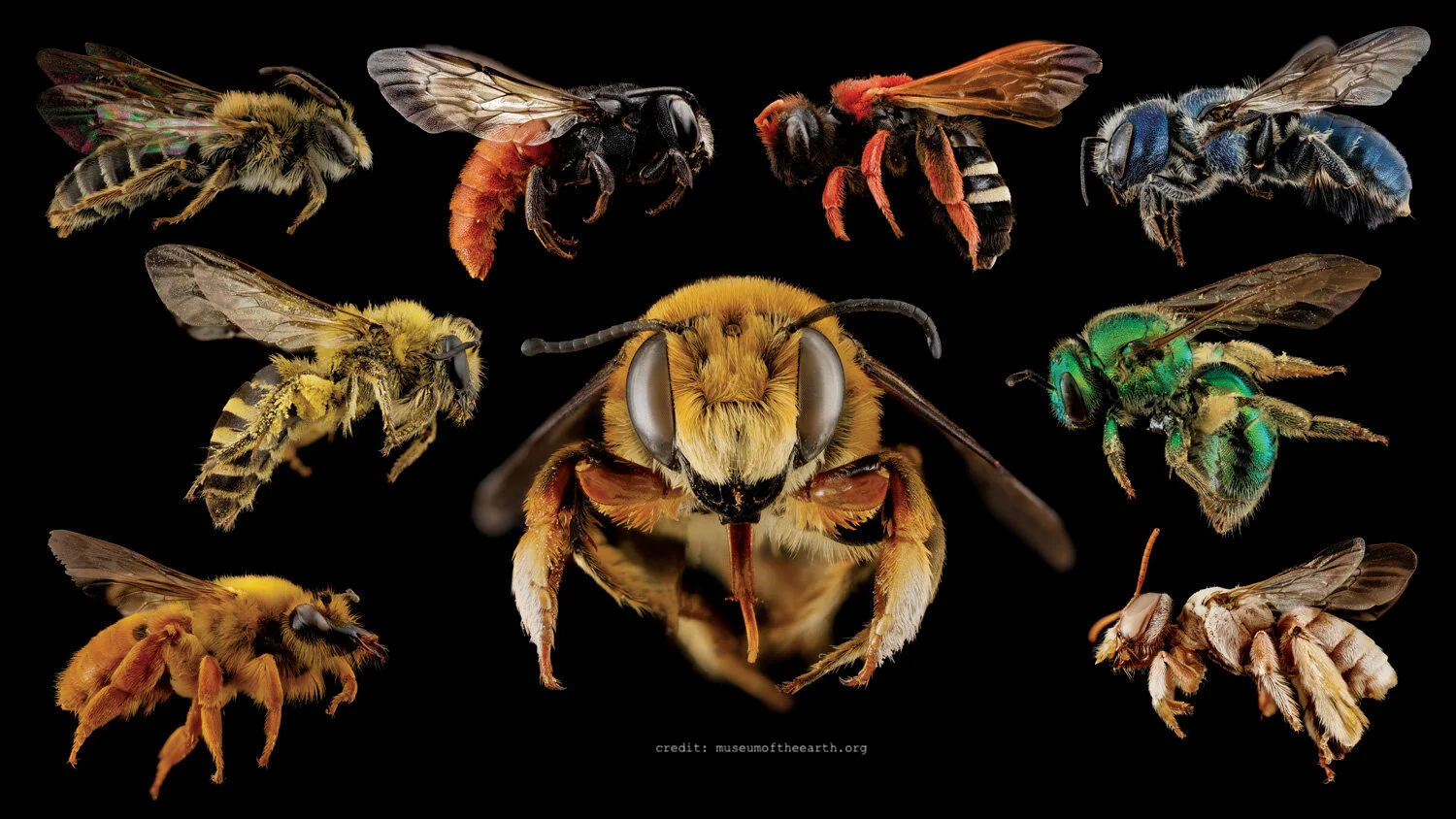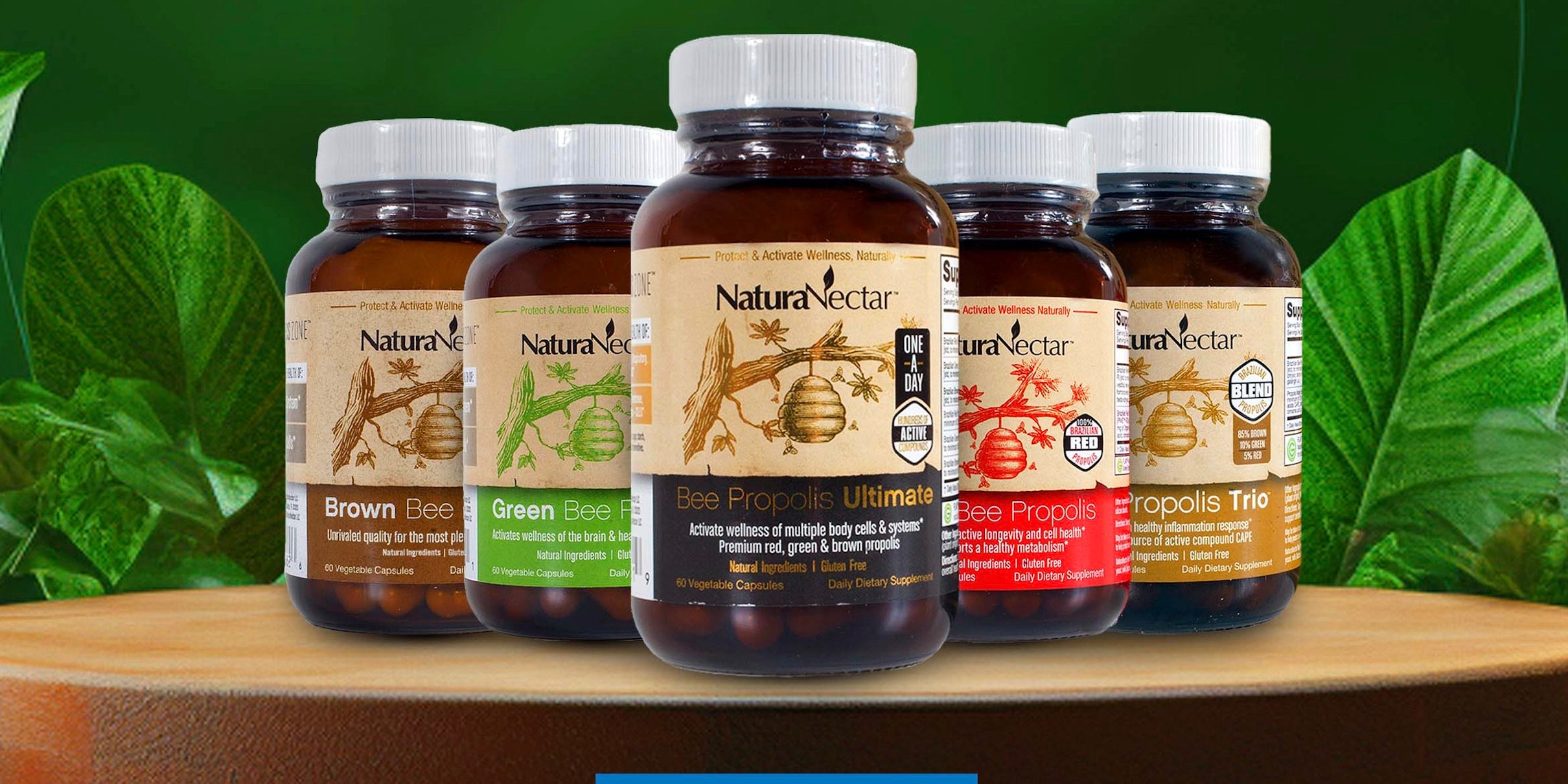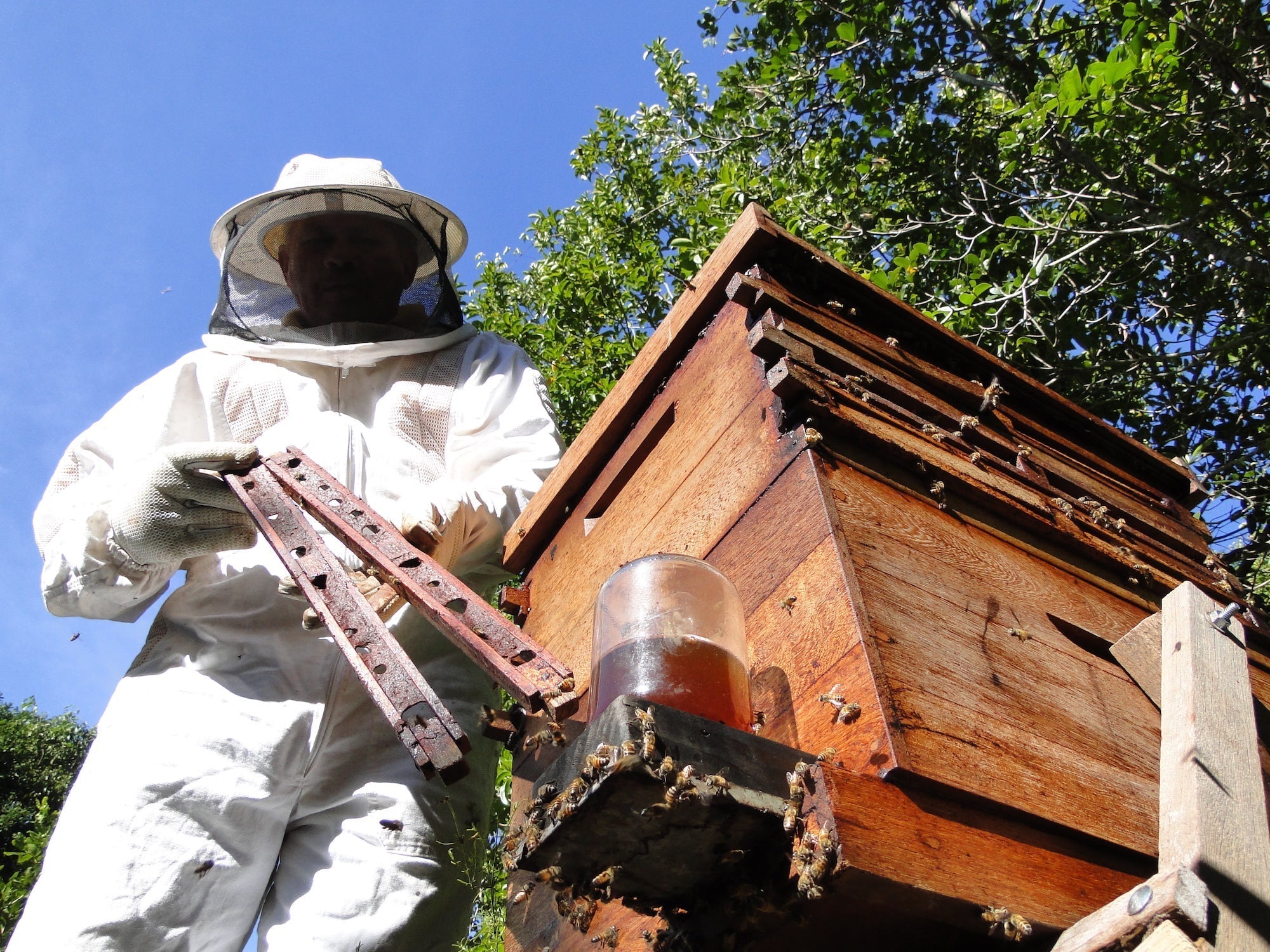The Buzz on Bees – Part 2

When we think of bees, honeybees often come to mind, industriously buzzing from flower to flower or working together in a hive. But the world of bees is far more diverse than most realize! From solitary leafcutter bees to gentle, stingless Meliponini, these amazing creatures play unique and essential roles in supporting our ecosystems. This blog takes you on a journey beyond the hive to explore the fascinating, lesser-known members of the bee family and their vital contributions to our environment and food supply. So, let’s dive into the buzzing world of bees and discover why each one deserves our appreciation!
Not all Bees live in a hive: Bees aren't just the fuzzy yellow creatures buzzing around flowers. They're a diverse bunch, each with unique specialties and contributions to the buzzing ecosystem. And they’re not all honeybees; it's time to shine a spotlight on the lesser-known members of the bee club!
- The Socialites: Honeybees and Bumblebees
These are the bees you probably picture first. Honeybees live in hives with a strict social hierarchy, while bumblebees prefer a more laid-back communal lifestyle. Both, however, are amazing pollinators, collecting pollen on their hairy bodies and transferring it between flowers, ensuring a world full of delicious fruits and vegetables.
- The Solitary Stars: Mason Bees and Leafcutter Bees
Don't underestimate these independent bees! They build individual nests in crevices, hollow stems, or even abandoned snail shells. Mason bees love using mud to secure their homes, while leafcutters, as their name suggests, expertly snip plant leaves to line their little apartments. They may not produce honey, but their solo pollination efforts are crucial for many wildflowers and orchard crops.
- The Buzzworthy Beauties: Carpenter Bees and Sweat Bees
Carpenter bees might look intimidating with their large size and shiny black bodies, but they're mostly gentle giants. They prefer burrowing in wood to build nests, earning their "carpenter" title. Sweat bees, on the other hand, get their name from their attraction to human sweat (don't worry, they're not aggressive!). They're tiny but mighty pollinators, especially for wildflowers and legumes.
- The Stingless Squad: Meliponini Bees
Did you know bees can be stingless? Yep, these bees live in tropical and subtropical regions and rely on teamwork and sticky resins to defend their hives. They produce delicious honey with unique flavors and textures, and are often kept by beekeepers due to their docile nature.
This is just a glimpse into the amazing world of bee diversity. Remember, every bee, from the honey-making socialites to the leaf-cutting loners, plays a vital role in maintaining healthy ecosystems and our food supply. So next time you see a bee buzzing by, give it a little "thank you" buzz in your heart!
So, there you have it! Just a taste of the bee-autiful world of bees and beehives. Remember, these tiny creatures are essential for our planet and our plates. So bee kind, bee respectful, and maybe even plant some bee-friendly flowers!

- Tags: Bees
0 comments










